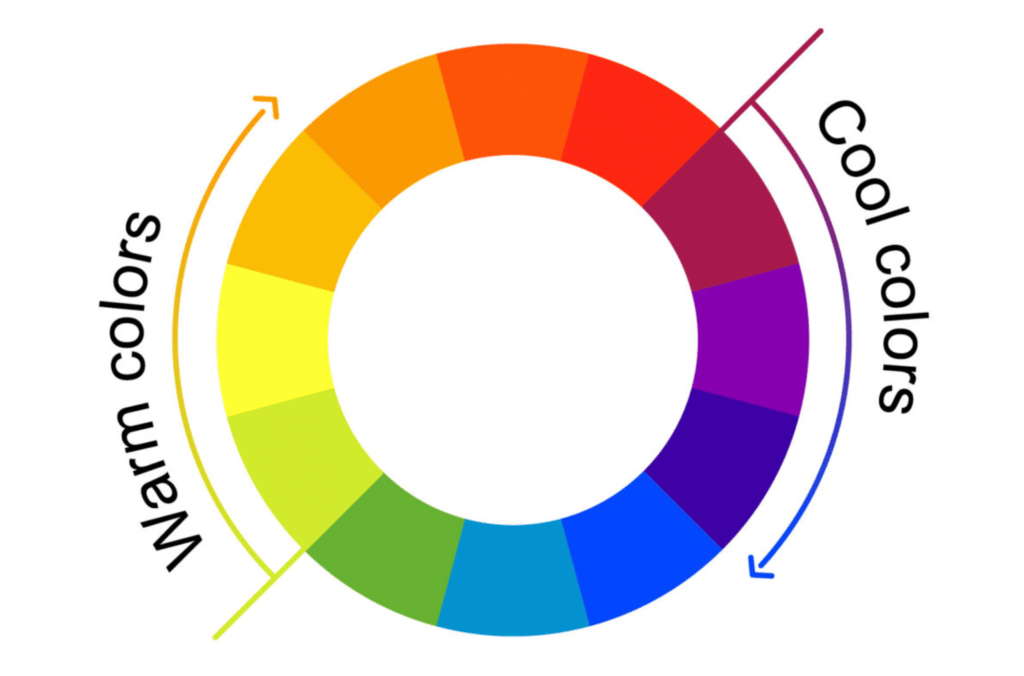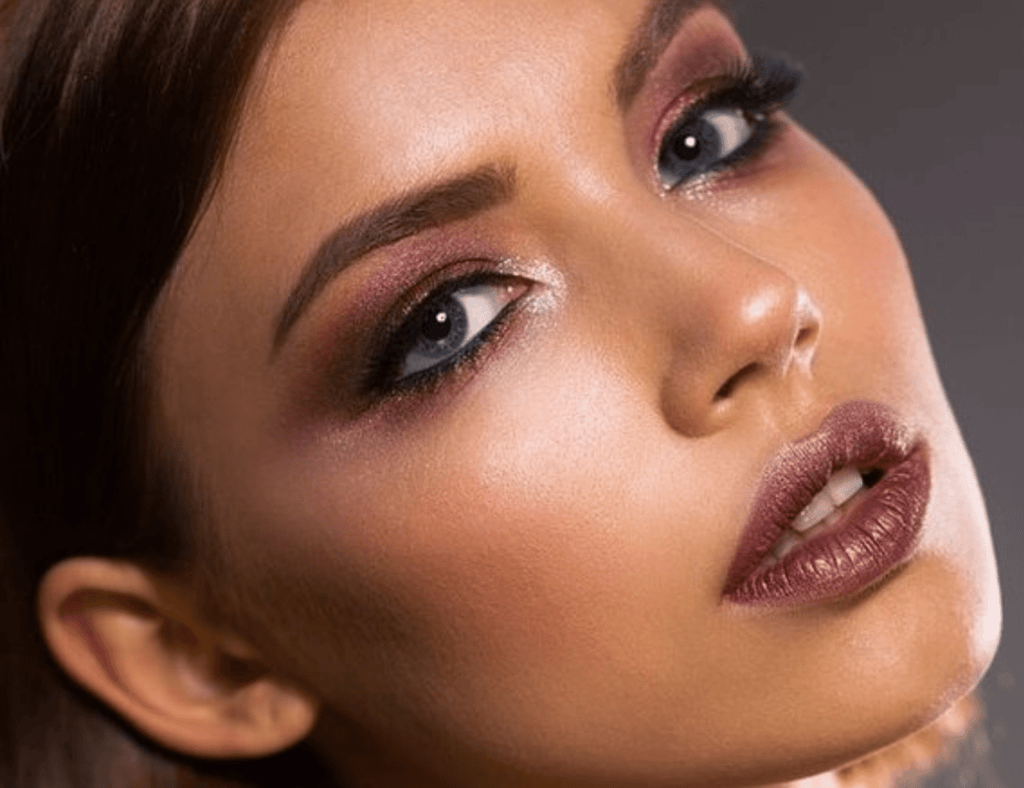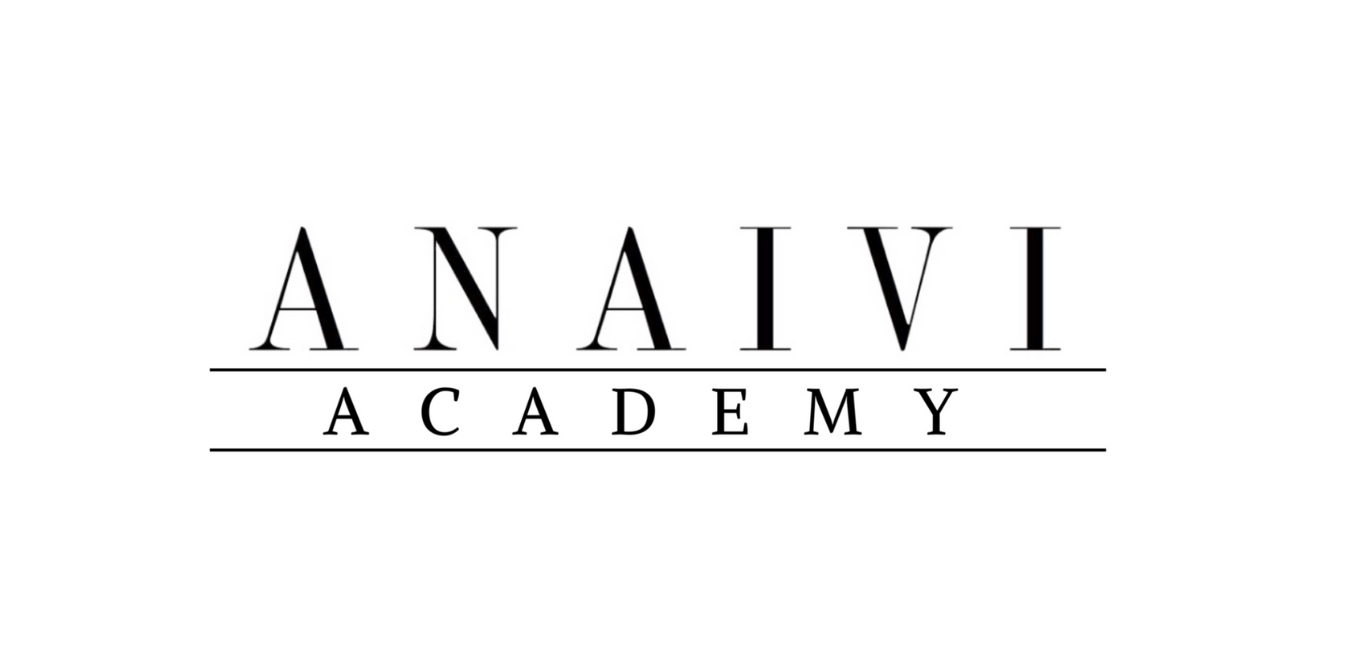In the world of makeup artistry, understanding and mastering color theory is essential for creating stunning and captivating looks. Mastering color theory for makeup artist is a must-read resource for those who want to unlock the secrets of the color wheel and take their makeup skills to the next level.
In this comprehensive guide, we will delve into the fundamentals of color theory and we will explore how it becomes a makeup artist’s best friend. And also helping you to identify color relationships and harmonies. We will delve into the concept of complementary colors, revealing how to create harmonious and striking makeup looks that leave a lasting impression to the clients.

The Basics of Color Theory
Understanding the basics of color theory is essential for every makeup artist to creating stunning looks. Color theory is the study of how colors interact with each other and can be used to create certain moods or effects. Knowing how different shades work together can help you achieve the perfect balance in your makeup application.
The first step in understanding color theory as a makeup artist is to understand the color wheel. The primary colors are red, blue, and yellow, and they cannot be created by mixing any other colors together. Secondary colors, like green and orange, are made by combining two primary colors. Tertiary colors are created by mixing a primary and secondary color together. By using this knowledge of color relationships, you can create harmonious looks that enhance natural beauty or bold statements that turn heads.
Another key aspect of color theory for makeup artists is understanding warm versus cool tones. By grasping these fundamental aspects, you will build a strong foundation for your journey into the world of color.
Complementary Colors: Creating Harmonious and Striking Makeup Looks
Complementary colors hold a special place in makeup artistry. It is one of the most important skills you can possess is knowing how to create harmonious and striking makeup looks that catch the eye. And when it comes to achieving this with makeup, complementary colors are your best friend! These are the colors that sit opposite each other on the color wheel and when paired together, they create a beautiful contrast that’s both eye-catching and cohesive.
For example, if you have green eyes, pairing them with shades of red or purple will make them pop! Or if you’re looking for a bold lip color to complement your dark skin tone, opt for an orange-red shade to really make a statement. By learning which colors complement each other and experimenting with their combinations, you’ll be able to create endless possibilities for your clients.
But don’t feel limited by the color wheel alone!
Understanding Warm and Cool Tones: Enhancing Skin Tones and Undertones

One of the most critical skills you need to master is understanding warm and cool tones for enhancing skin tones and undertones in creating flawless looks for your clients makeup application. Whether you’re working on a photoshoot or preparing a bride for her big day, getting the right tone can make all the difference.
Warm and cool tones refer to the colors that bring out certain hues in your skin. Warm tones are those that have yellow, gold, or red undertones while cool tones are those with blue or pink undertones. If someone has warm-toned skin, they look best in warmer shades such as oranges, yellows, and browns. On the other hand, if someone has cool-toned skin, they look better in cooler hues such as blues and greens.
Color Harmony: Combining Hues for Flawless Makeup Creations
Color harmony is the key to achieving flawless and captivating makeup creations. However, blending different hues together to create a cohesive look can be daunting, especially if you’re just starting out.
To achieve color harmony in your makeup creations, it’s important to understand the basics of color theory. The primary colors are red, blue and yellow while secondary colors are green (yellow + blue), orange (yellow + red) and purple (blue + red). By mixing these colors in different proportions, tertiary colors such as aqua or lavender can be created.
When combining hues for your makeup looks, consider using complementary colors – those that sit opposite each other on the color wheel. This creates a bold contrast that helps bring out the best in both shades. By understanding on how to combine hues in a way that creates a harmonious and balanced overall look, making your makeup creations truly stand out.
Monochromatic Makeup: Simplistic Elegance in a Single Color

If you’re a makeup enthusiast, you’ve probably heard of monochromatic makeup. It’s the art of using a single color in your entire makeup look. While it may seem simple, this technique requires careful planning and execution to achieve a stunning, cohesive look that’s both elegant and modern.
Makeup artists around the world have been incorporating monochromatic looks into their repertoire for years now. And with good reason! This technique is perfect for those who want to simplify their routine while still achieving an impressive result. Plus, it’s incredibly versatile – whether you prefer bold reds or subtle browns, there’s a monochromatic look for everyone.
So if you’re looking to revamp your makeup game and try something new, why not give monochromatic makeup a go? With just one color at your disposal, the possibilities are endless!
Contrasting Colors: Making a Bold Statement with Opposing Hues
One trend that has been making waves in the beauty industry lately is the use of contrasting colors to create bold looks. By pairing opposing hues together, you can make a statement with your makeup that is sure to turn heads.
The key to successfully pulling off this trend is to choose colors that are directly opposite each other on the color wheel. For example, if you want to create a bold look for your eyes, consider pairing orange and blue shadows. The warmth of the orange shade will contrast beautifully with the coolness of the blue hue, creating an eye-catching effect.
Another way to incorporate contrasting colors into your makeup routine is by using different shades for your lips and cheeks. For instance, try wearing a bright pink lipstick while adding a touch of coral blush to your cheeks.
The Power of Color: Emotions and Meanings in Makeup Artistry
Makeup is not just about covering up blemishes and enhancing your natural features. It’s also a form of self-expression that can convey emotions and meanings through the use of color. As a makeup artist, understanding the power of color is crucial in creating looks that not only make your clients look good but also feel good.
Each color has its own emotional and symbolic significance. For example, red represents passion, love, and energy while blue conveys calmness, trustworthiness, and intelligence. By incorporating these colors into your makeup looks, you can evoke certain feelings or emphasize specific traits that your client wants to showcase.
The power of color doesn’t stop with emotions either. In some cultures, certain colors hold cultural or religious significance that can be incorporated into makeup looks for special occasions such as weddings or festivals.
Key Takeaway
Mastering color theory is an essential skill for any aspiring makeup artist. Understanding color combinations and how they interact with different skin tones will elevate your artistry and make you stand out in the industry. By implementing the tips and techniques outlined in this guide, you can create stunning makeup looks that enhance your clients’ natural beauty. You can also enroll to our online course to help you better understand the proper use of color combination.
Remember to experiment with different colors and have fun with your creations! With practice and patience, you can become a master of color theory and take your makeup game to the next level. So go ahead, grab your brushes, and start creating beautiful looks today!




